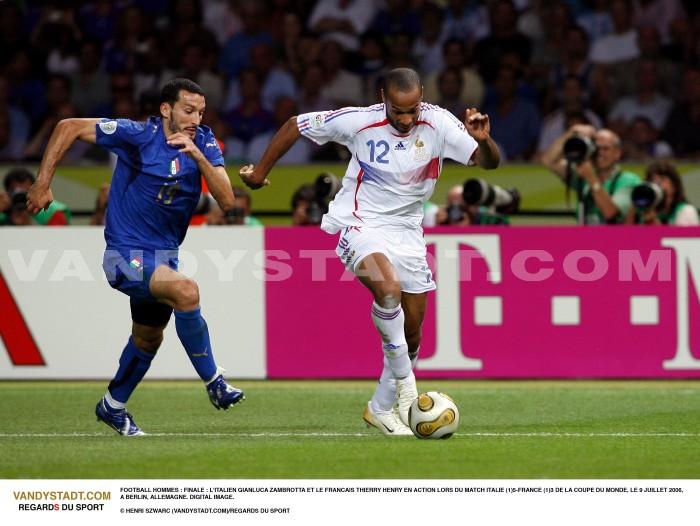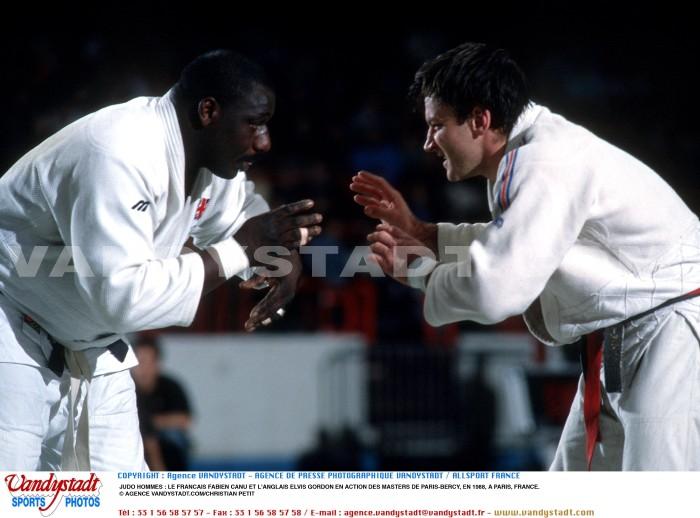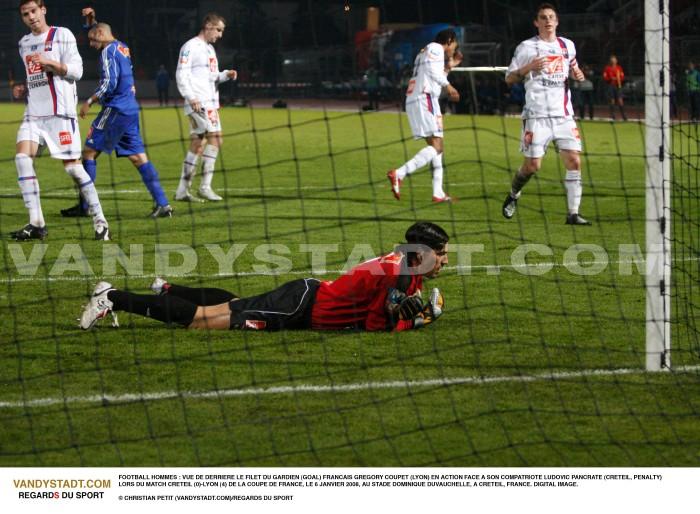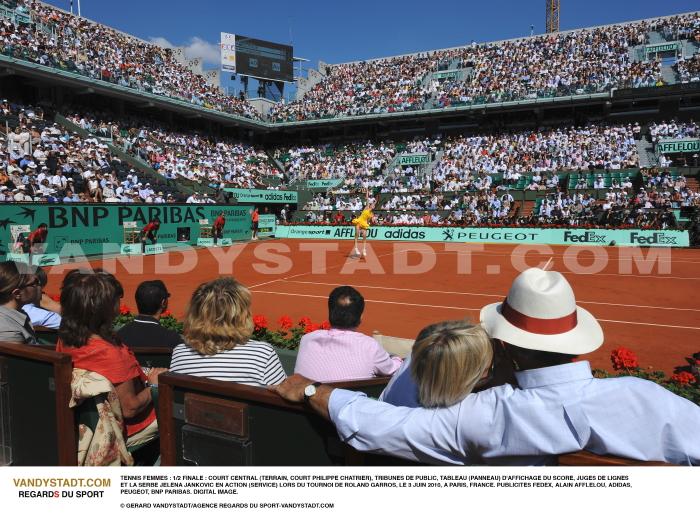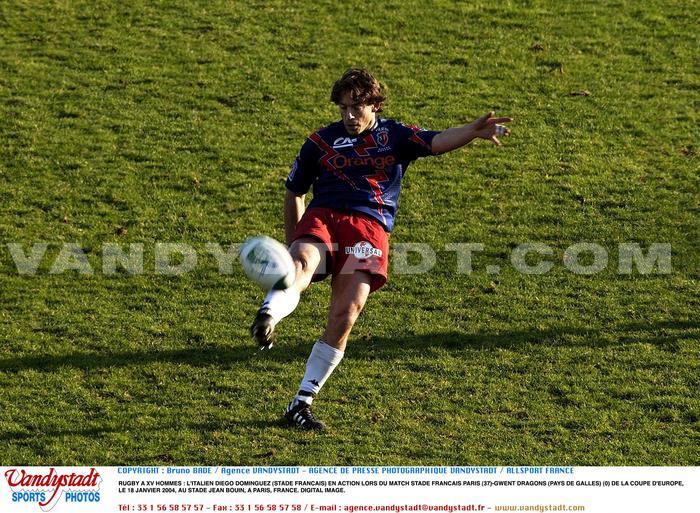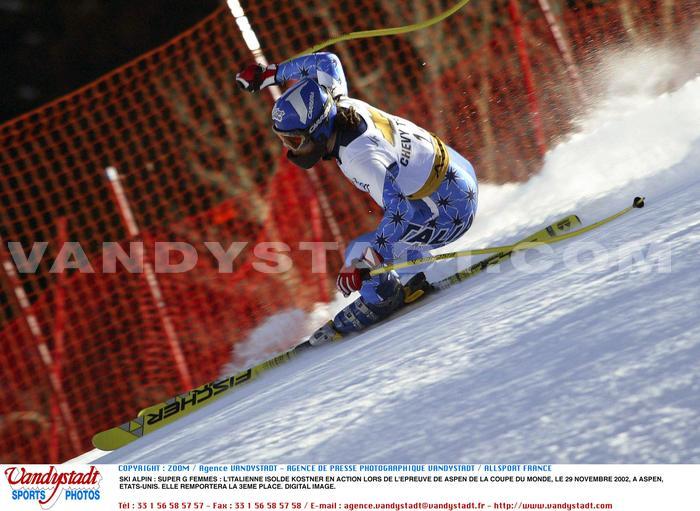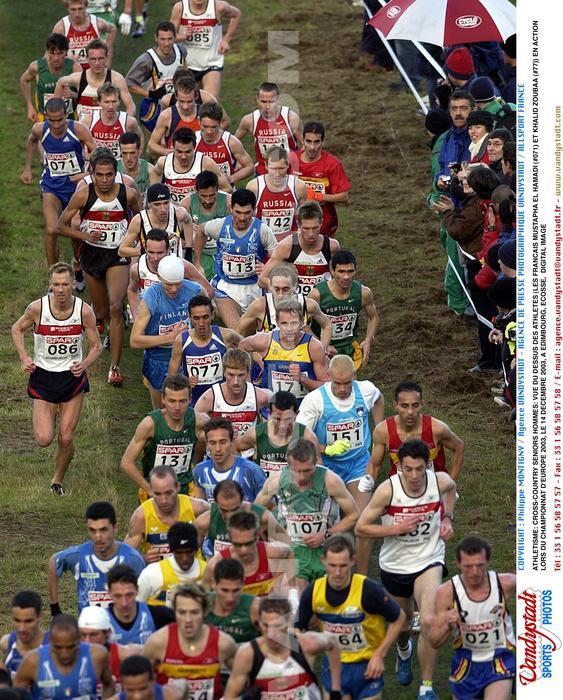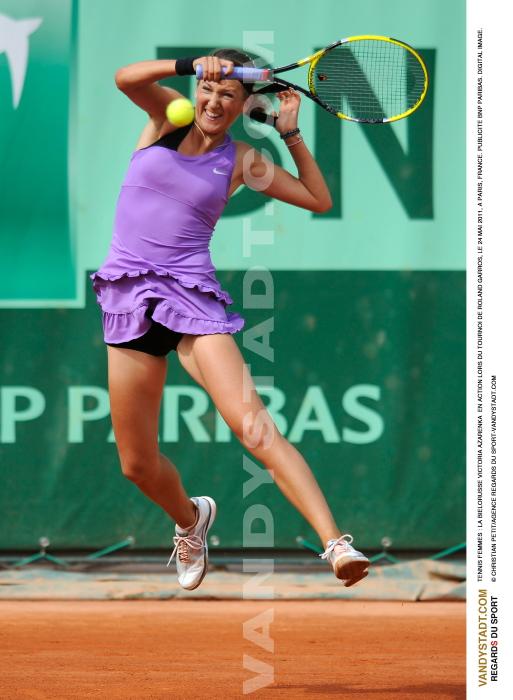Alpinisme - Mountain Sports history
Mountain Sports
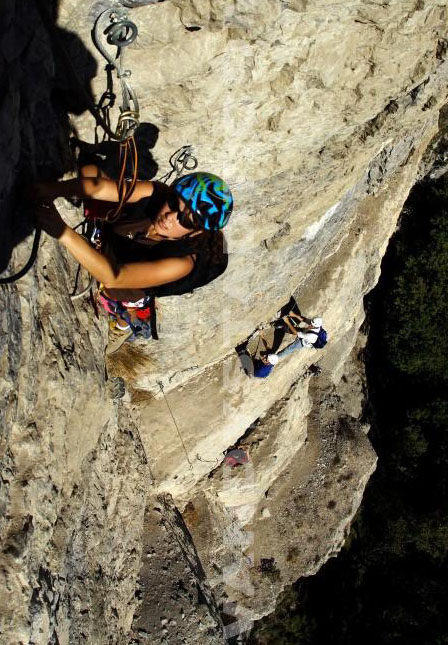
Mountaineering
The ascent of a mountain through the rocks, on walls and snow on the glaciers. "
There are three disciplines: hiking (requiring no special equipment), climbing glaciers and rock climbing or rock climbing.
The practice of climbing back to a very long time. Men have always tried to cross the tops of mountains for eternity.
In 218 BC, Hannibal crossed the Alps with 37 elephants and 9 000 men.
In 126, Emperor Hadrian climbed Mount Etna to watch the sunrise.
One of the first climbers was the French Antoine de Ville, which, in the service of Emperor Charles VIII, climbing, using ropes and ladders Headquarters, Mount Needle (2 086 m) in the Vercors in 1492.
Among the events and achievements that have marked the development of the sport include some key dates
- 1760. Horace Benedict de Saussure Brévent climbing in the valley of Mont Blanc. It is one of the fathers of mountaineering.
- 1786. First ascent of Mont Blanc by Jacques Balmat and Michel Paccard (1757-1827), both from Chamonix.
-- 1809. Marie Paradis, Chamonix also becomes the first woman to climb the summit of Mont Blanc.
-- 1821. Foundation of the First Company of Chamonix Guides.
-- 1857. The first Alpine Club was founded in London. At that time, 180 major summits around the world which were climbed by the most strung UK.
-- 1865. One of the last great difficulty climbing the Matterhorn was conducted by the rope led by Edward Whymper (1840-1911) GBR.
-- 1938. The north face of the Eiger is crossed by a German-Austrian team (Vörg, Heckmair, Harrer and Kasparek).
The Himalayas
In the 20th century, climbers tackle the Himalayas and north faces EU summits. The equipment improves with the introduction of the spike to 10 points, short ice ax, pitons and carabiners to 1909. The ascent of summits of the Himalayas poses problems in adjusting to the altitude and elevation changes.
The fourteen summits "8000" in the Himalayas
-- Everest CHN / NEP 8 850 m (new measure with GPS; 8 848 m by 1999, climbed in 1953)
-- K2 (CHN / PAK) 8 611 m (climbed in 1954)
-- Kangchenjunga (IND / NEP) 8 586 m (1955)
-- Lhotse (CHN / NEP) 8 516 m (1956)
-- Makalu (CHN / NEP) 8 485 m (1955)
-- Cho-Oyu (CHN / NEP) 8 188 m (1954)
-- Dhaulagiri (NEP) 8 167 m (1960)
-- Manaslu (NEP) 8 163 m (1956)
-- Nanga Parbat (NEP) 8 125 m (1953)
-- Annapurna (NEP) 8 091 m (1950)
-- Gasherbrum 1 (CHN / PAK) 8 068 m (1958)
-- Broad Peak (CHN / PAK) 8 051 m (1957)
-- Gasherbrum 2 (CHN / PAK) 8 034 m (1956)
-- Shisha Pangma (CHN) 8 027 m (1964)
The Jesuits were the first Europeans to cross the Himalayas in 1624 they crossed the pass of La Mana (5 600 m) in Tibet.
The altitude of the highest mountain in the world, Mount Everest was calculated by the Survey of India in 1852. Formerly called Peak XV, it was named 'Everest' in 1859, the Head Office of India topographical (the Survey), George Everest who located the mountain in 1841.
Among the events and achievements that have marked the development of mountaineering in the Himalayas, some key dates include:
-- 1921. The first shipment comprised of climbers and porters (Sherpa) to explore the Everest is headed by Colonel Charles Howard-Bury (1883-1963). They reach an altitude of 8 320 m (7 members perished).
-- 1924. Three Englishmen, George Mallory, Andrew Irvine and Edward Norton explore Everest via the north. Mallory and Irvine disappeared at 300 meters from the summit. To date, nobody knows if the expedition succeeded. Mallory's body was found in May 1999 to 8 300 meters (an ax was found in 1933 to 8 400 meters).
Tibet, invaded by the Chinese in 1950, remained closed to climbers for thirty years. Since 1980, Tibet again allows the passage of climbers.
-- 1950. The first ascent of a 8 000 m passed June 3 by a roped French, led by Maurice Herzog (b. 1919), Lionel Terray and Louis Lachenal , Annapurna (8 078 m).
-- 1953. The roof of the world, Mount Everest (8 850 m according to the latest estimates from 1999) was scaled May 29 at 11:30 by New Zealander Edmund Hillary (1919-2008) and Sherpa Tenzing Norgay (1914 -1986) with oxygen apparatus. In 1952, Swiss mountaineer Andre Roch was an attempt to pave the way 'Nepal' also accompanied by Tenzing. He failed at 200 summit of Everest!
-- 1954. K2, 2nd highest mountain in the world (8 611 m) was taken by a strung Italian. All major peaks from 4 continents were conquered in the years 50/60. Henceforth, strung try to open other channels of increasingly rapid and technically difficult to reach the summits.
All major peaks from 4 continents were conquered in the years 50/60. Henceforth, strung try to open other channels of increasingly rapid and technically difficult to reach the summits.
Other major achievements have occurred.
-- Reinhold Messmer ou Messner (17-9-44) ITA, considered one of the greatest mountaineers of the century, realized the climb all the fourteen peaks above 8 000 m (two solo : Everest in 1980 (north side) and Nanga Parbat in 1978) and that without oxygen! In 1986 he climbed the last two peaks, Lhotse and Makalu. In 1989/90 he crossed the Antarctic. He participated in 26 expeditions by burning 18 peaks over 8000 meters.
-- In 1987 the Polish Jerzy Kukuczka (1948-1989) became the second to have crossed the 14 giants. This time through new routes increasingly bold, made even in winter! He lost his life in 1989 on Lhotse.
-- In 1995, the Swiss Erhard Loretan (28-4-59), was the third climber to climb the fourteen 8 000 meters Himalayan.
They are seventeen climbers have reached the fourteen peaks "8000" in the Himalayas
1 Reinhold Messner between 1970 and 1986 Italian
2 Jerzy Kukuczka 1979-1987 Polish
3 Erhard Loretan 1982-1995 Switzerland
4 Carlos Carsolio 1985-1996 Mexican
5 Krzysztof Wielicki 1980-1996 Polish
6 Juanito Oiarzabal 1985-1999 Spanish
7 Sergio Martini 1976-2000 Italian
8 Hong Jil Um 1988-2000 Korean
9 Park Young Seok 1993-2001 Korean
10 Alberto Iñurrategi 1991-2002 Spanish
11 Han Wang Yong 1994-2003 Korean
12 Ed Viesturs 1989-2005 U.S.
13 Silvio Mondinelli 1993-2007 Italian
14 Iván Vallejo 1997-2008 Ecuadorian
15 Denis Urubko 2000-2009 Kazakh
16 Ralf Dujmovits 1990-2009 German
17 Veikka Gustafsson Finn 1993-2009
Nine of them have done without any oxygen: Reinhold Messner , Erhard Loretan , Juanita Oiarzabal, Alberto Iñurrategi, Edmund Viesturs, Silvio Mondinelli, Ivan Vallejo, Denis Urubko and Veikka Gustafsson.
The race to 14 "8000" for women climbers in Europe and Asia:
Beginning in August 2009, the South Korean mountaineer Oh Eun-sun (age 43) became the first woman to win thirteen of the fourteen peaks over 8,000 meters without oxygen. It remains to cross the Annapurna. This rise is expected in the fall.
Other exploits women: Spanish Edurne Pasaban (35) hopes to become the spring of 2010 the first woman to climb the fourteen 8,000 m of the planet before its two European rivals, the Austrian Gerlin Kaltenbrunner and Nives Meroi Italian . End May 2009, she became the first woman to climb over twelve vertices Mrs. 8,000 meters (two which are missing: the Shisha Pangma planned autumn 2009 and Annapurna in Spring 2010).
The South Korean Mi-Sun Go was killed in July 2009 on the way down Nanga Parbat (8126 m) after having reached the summit, his 11th "8000". She had climbed his first eleven peaks in record time since 2006 and hoped to complete the 14 "8000" in 2009.
Nowadays with light equipment and minimal records of 'speed' are beaten on driveways technically very difficult, it preferably alone and without oxygen.
First ascent of the south face: NZE Edmund Hillary and his Sherpa Tenzing Norgay IND May 29, 1953.
First the North Face: Wang Fu-chou, Kombu Gonpa and Chu Yin-hua, all Chinese, in 1960.
First of the north-west face: Tom Hornbein and Willi Unsoeld USA in 1963.
First of the west face: Andrej Stremfeld Jernej Zaplonik YOU and YOU in 1979.
First the face is: Americans Lou Reichart, Kim Mombé and Carlos Buhler in 1983.
First woman: Junko Tabei JAP May 16, 1975.
First European: Wanda Rutkiewics in 1978. It is also the first woman to reach the summit of K2, without oxygen!
French Premier Pierre Mazeaud , Jean and Nicolas Jaeger Afanassieff October 15, 1978.
First devices without oxygen: Reinhold Messner and Peter Haberer ITA AUT in 1978.
First solo (north side): Reinhold Messner ITA August 20, 1980.
First without oxygen: Reinhold Messner and Peter Habeler ITA AUT May 8, 1978.
First Ski: Japanese Yuichiro Miura in 1970; Davo Karnikar SLV in 2000, Hans Kammerlander ITA in 1996 on the north ridge.
First in Snowboarding : Native of Chamonix, Marco Siffredi has descended into a single milking the north face of Everest in May 2001 in under 2:30! He went missing in September 2002 when another attempt at the age of 23.
First paragliding : The French Jean-Marc Boivin was the first to get the top paragliding in September 1988 by joining the camp II at 6 500 m after 12 minutes of flight. The French Cup Bertrand and Claire Roche performs in May 2001, the first drop in paragliding. They arose at 6 400m.
Oldest climber : Japan's Yuichiro Miura (born October 12, 1932) to seventy years and 222 days in 2003. On May 26, 2008, he improved his own record age of 75 years, 7 months and 14 days!
Youngest Climber : Temba Tsheri to 16 years.
10 hours 56 minutes and 46 seconds: is the fastest ascent ever of Everest (base camp), made during celebrations for the fiftieth anniversary of the conquest of the summit, the Sherpa Lharkpa Gelu in May 2003.
Other records: 12 hours and 45 minutes by Pemba Dorje, 15 hours and 56 minutes illustrated by Sherpa Babu Chiri in 2000. In 1999, he stayed 21 hours at the summit without oxygen, which is another record. Babu Chiri died in April 2001 at the age of 36 years in a fall at 6 500 m on the south side of Everest. He had 10 ascents of Everest.
On Mount Everest every year between May and June, hundreds of climbers reach the 'roof of world'. For example: between 1953 and 2003, there were some 1,000 successful climbs to over 10 000 attempts.
Around 580 Sherpas (people originally from Solo Khumbu Valley) reached the summit by 1651 shipments. Fifty-six of them have lost their lives (a total of 175 climbers).
Nineteen ascents of Everest This is the absolute record, established by the Sherpa Nepalese Appa Sherpa (born 1960), nicknamed Mr. Everest 'or' Super Sherpa 'in May 2009 to 49 years! None of the climbers who reached the summit, as many successful ascents. He made his first ascent May 10, 1990. In non-Sherpa, the record is held by American Dave Hahn, who has climbed eleven times (last time in May 2009).
For six climbers who reach the summit of Everest, one does not come back alive! It is estimated not less than 211 climbers have died in the Everest including fifteen in 1996 and eleven in 2006.
Climbing
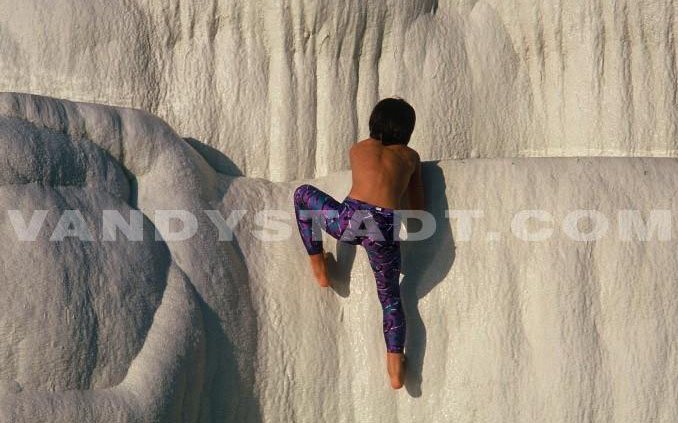
This sport is very popular over the last twenty years (40 000 licensed French), is climbing bare hands cliffs, rocks or other vertical walls.
There are two forms:
- Escalation in nature: cliffs, rocks, creeks, cascades of ice (dry tooling), etc.. Examples: cliffs of Yosemite Park in California, the Gorges du Verdon in France.
- The indoor climbing on artificial walls (slabs, tilt, roof or sides) up to between 20 and 40 meters high (the French record is 46 meters in front of building in Vaulx-en-Velin, near Lyon ), 16 meters wide and over 10 meters of overhanging advanced.
This discipline has developed in the early 90s. There are world championships held every 2 years European Championships (last winner: the French Alexandre Chabot) and a tour of the World Cup.
There are three types of competition:
- The speed trials carried out in parallel. Climbers swallow as quickly as possible route of medium difficulty.
- Tests of blocks (or bouldering). The climbers are climbing without ropes six blocks to a height of 5 meters (six minutes to go up a block with six minutes of rest between each block). The winner of such a test is the one who climbs the most.
- Tests of difficulty on the walls about 25 meters with a rope. Only the height reached is taken into account.
To measure the difficulties, there is a wide range of 3 degrees (simple) to 9 (extreme) with sub-markings (a, b and c). This scale is determined by the person who achieved the first track. It depends on the structure of the wall, danger, difficulty, etc..
Did you know:
The first championship of France climbing was organized in 1988.
France has some 1 100 clubs to accommodate 5 000 competitors climbing.
The France saw the coronation of six world champions (men or women) since 1990.
For more information, contact the French Federation of mountain climbing.
The"Via Ferrata" (in Italian "track") was born in the Italian mountains, the Dolomites along the Austrian border. There is an impressive number of horizontal terraces which are separated by walls or vertical walls. Equipped with rungs and cables during the First World War, and could connect
straps terraces and easily reach the summits. Suitable for amateur climbers (the walls are equipped with fixed protection), there is now a growing number (about 70) of networks "Railways" in the massive French sides of F (easy), PD (somewhat difficult), D (difficult), TD (very difficult) or ED (extremely difficult).
Hiking
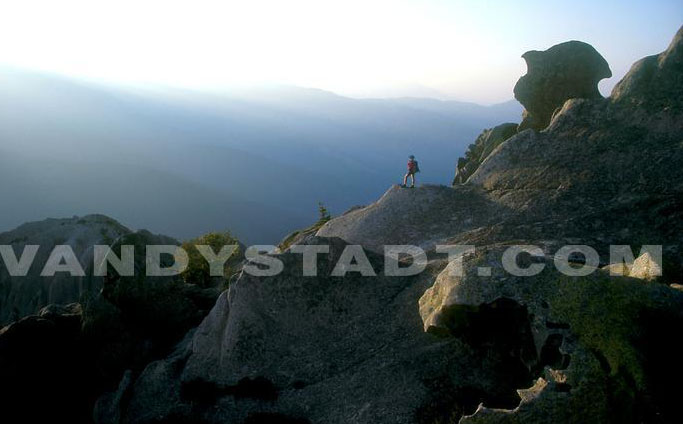
There are 1600 clubs which maintain and adjust a network of 180,000 km of trails. Family walking on a footpath signposted or hiking several days in a mountain range.
Hiking in France, more than 30 million practitioners (including 150 000 displaced), 600 000 lovers of long walks, 3.7 million walkers intensive, 12.1 million regular walkers not to mention the 15 million walkers Sunday.
The trail's highest France is the GR9, from St. Tropez to Geneva.
There are three categories of trails:
The PR (Promenade and hiking). A journey of a few hours a day at most with a wide choice of destinations. The PR is grateful to yellow markings painted on the rocks, trees, walls or poles.
The GRP (Grande Randonnée de Pays) trails are marked with signs two-tone, yellow and red. They call for exploring a region, following the trail often conceived loop.
The GR (Grande Randonnée). They mark their trademark red and white. They will hike for several days, usually linear. One of the French routes and most prestigious sporting the famous GR20 through the Corsican mountains.
In total, France has 180 000 km of trails: 50 000 km of PR, 60 000 km of GR and 70 000 km of GRP.
In the hit parade routes in France:
1. Mountain Corsica (GR 20)
2. Tour du Mont Blanc (GR TBM)
3. the western and central Pyrenees (GR10)
4. Tour du Queyras (GR 58)
5. the path of Saint Jacques (GR 65)
6. Coast Pink Granite (GR 34)
7. Reunion (GR 21)
8. Tour de l'Oisans (GR 54)
9. Parc de la Vanoise (GR 55)
10. the Tinée Vésuble-Mercantour (GR 5)
You can find all these trails in the 125 guidebooks published by the French Federation of the Hike.
Useful: www.randonnée.net to know everything and find out.
Dicostars
Jean-Marc Boivin (1951-1990) FRA. Remarkable extreme skier and mountaineer, who has descended Mount Everest in a paraglider in 1988, after defeating him in private! He made the ascent of the Shroud in the Big Jorasses in 2 hours 45 minutes!
Bonati Walter (22-6-30) ITA. One of the greatest mountaineers of all time with, among others, the ascent of K2 (1954) and the north face solo and in winter the Matterhorn (1965).
Alexandre Chabot (born 1981) FRA. Winner of the World Cup in difficulty climbing in 2001 and 2002 (record of 6 wins in 2002). European Champion in 2000 and 2002.
Lionel Daudet (4-2-68) FRA. One of the mountaineers / climbers French the most talented of the moment that has made the world tour of a dozen climbing routes solo (1994-95), and has opened many faces and sides of mountains from Greenland Chilean Patagonia in 1996-97.
Destivelle Catherine (24-7-60) FRA. She has managed a remarkable feat in 1991 by performing the very difficult ascent of the west face of the Dru in the Alps. All solo and in ten days!
Patrick Edlinger (15-6-60) FRA. The star of the extreme escalation of the 80s, winning the first professional event, the International Sport Climbing at Snowbird in 1988.
Will Gadd (born 1967) CAN. The king of ice climbing, winner of the X-games in 1998 and 1999 and the first World Cup held in 2000.
François Legrand (26-3-70) FRA The climber the most successful of all time. Triple world champion and winner of four World Cup challenge in 90 years. Winner of the X-Games in 1997 (3rd in 1999).
Sandrine Levet (born 1982) FRA. Winner of the World Cup climbing block in 2000 and 2001 world champion in 2003 (2nd in 2001).
Chantal Mauduit (1964-1998) FRA. He won the ascent without oxygen of six peaks over 8 000 m with K2 in 1992. Dead after an avalanche in the Himalayas.
Jerome Meyer (born 1979) FRA. Winner of the World Cup climbing block in 2001.
Jerry Moffatt (18-3-63) GBR. Winner of the first official competition climbing (timed) in 1989. One of the great climbers of the time.
Reinhold Messner (17-9-44) ITA. Regarded as one of the greatest mountaineers of the century, realized the climb all the fourteen peaks above 8 000 m (two solo: Everest in 1980 and Nanga Parbat in 1978) that without oxygen! In 1986 he climbed the last two peaks, Lhotse and Makalu. In 1989-1990, he crossed the Antarctic.
Isabelle Patissier (1-3-67) FRA. World champion climbing in 1990 and 1991. She later became a great rally driver, winning the World Cup all-terrain rally in 2004.
François Petit (27-3-75) FRA. World champion climbing in 1997.
Christophe Profit (15-2-61) FRA. Mountaineer. He went on to climb the north face of the Eiger, the Matterhorn and Jorasses in summer (22h30 minutes) and winter (42 hours).
Rebuffat Gaston (1921-1985) FRA. French climber and guide to universal fame. He distinguished himself by repetition of the six great north faces of pre-war (Eiger, Jorasses Badile, Cima Grande, Dru, Matterhorn). A completed the first of the south face of the Aiguille du Midi.
Sansoz Liv (12-2-77) FRA. A reference in the world of bouldering, cliff and ice. World champion in 1997 and 1999, Europe in 1996 and winning the World Cup challenge in 1996, 1998 and 2000. It is one of the few climbers to successfully track 8c/8c + (Hasta la Vista, Nevada USA)
Lionel Terray (1921-1965) FRA. Climber and guide who taught French with Louis Lachenal a cord of legend, especially passing the second term of the formidable north face of the Eiger in 1947. After the expedition to the Anapurna (1950) and the death of Lachenal (1955), Terray turned to shipments, leading the French mountaineering in the first place thanks to brilliant successes: the first Chalten (1952), the Huantsan (1952) of Maluku (1954), the Chacraraju O (1956) of Jannu (1962), Mount Huntington (Alaska 1964).
Copyright Sportquick/Promedi








